The Château de Chaumont-sur-Loire was constructed between 1469 and 1510 by Charles I and Charles II d’Amboise, succeeding a previous feudal stronghold. The structure embodies a transition from a medieval fortress, recalled by its west wing and massive round towers, to an early Renaissance residence.
In 1550, the château was purchased by Catherine de Médicis. She later exchanged it with her rival, Diane de Poitiers, for the more desirable Château de Chenonceau.
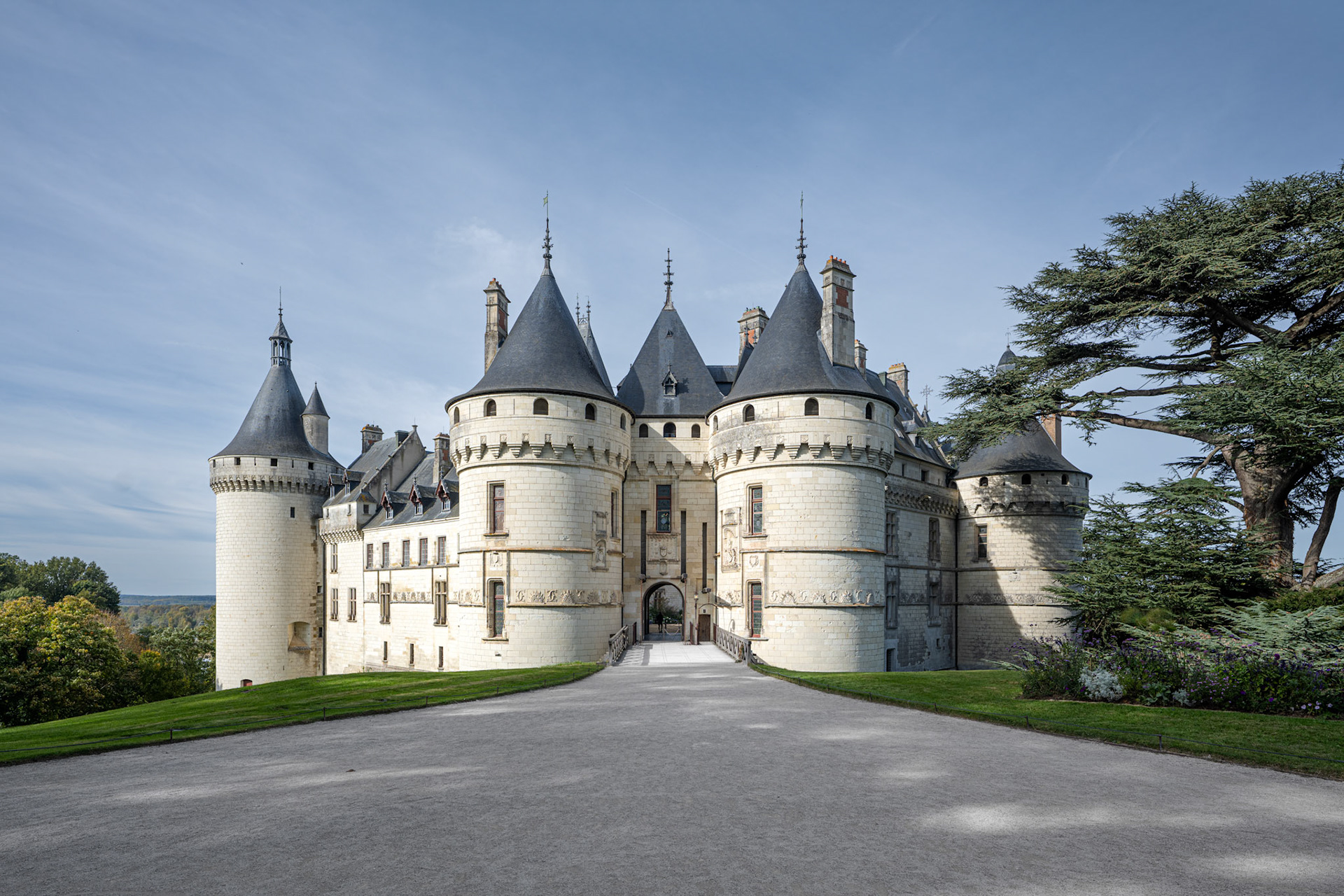
Château de Chaumont-sur-Loire
Ruggieri’s Chamber is named for an engraved symbol on the 16th-century polychrome fireplace mantle: the Greek letter Delta and three circles or full moons. While the symbol was once interpreted as a cabalistic sign of the Queen's astrologer, Cosimo Ruggieri, it may also be an evocation of Diane de Poitiers, as Diane is the Roman goddess of the moon.
Catherine de Médicis' Chamber served multiple functions in the 16th century, including a state bedchamber, dining room, or reception room. The chamber features the oldest tapestry in the château's collection, The History of Perseus and Pegasus, woven in Tournai at the end of the 15th century. This tapestry, part of the de Broglie's extensive collection, depicts Perseus beheading Medusa, from whose neck the winged horse Pegasus is born, followed by a mythical singing contest. The room also displays a 19th-century copy of a full-length portrait of the Queen.
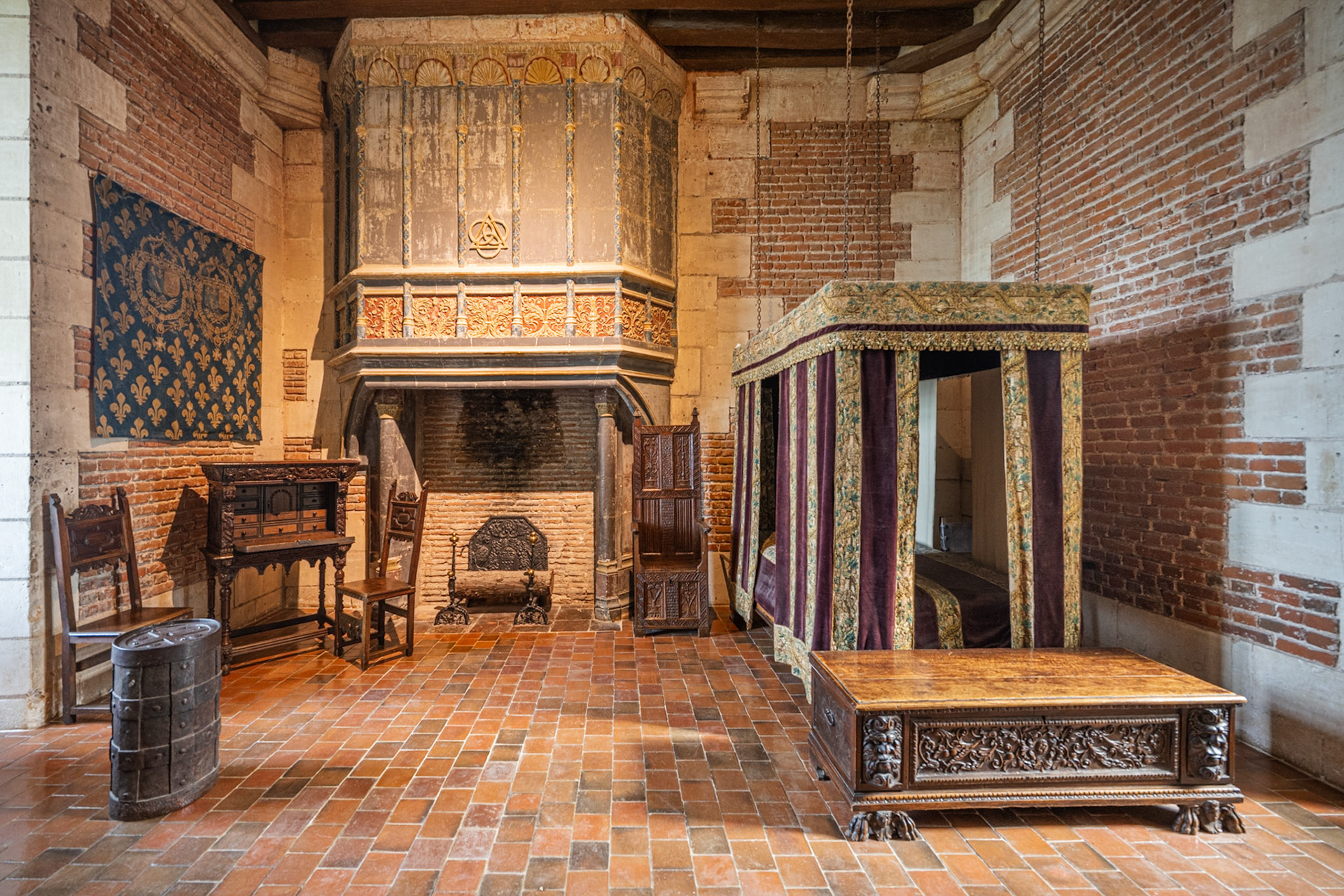
Ruggieri’s Chamber
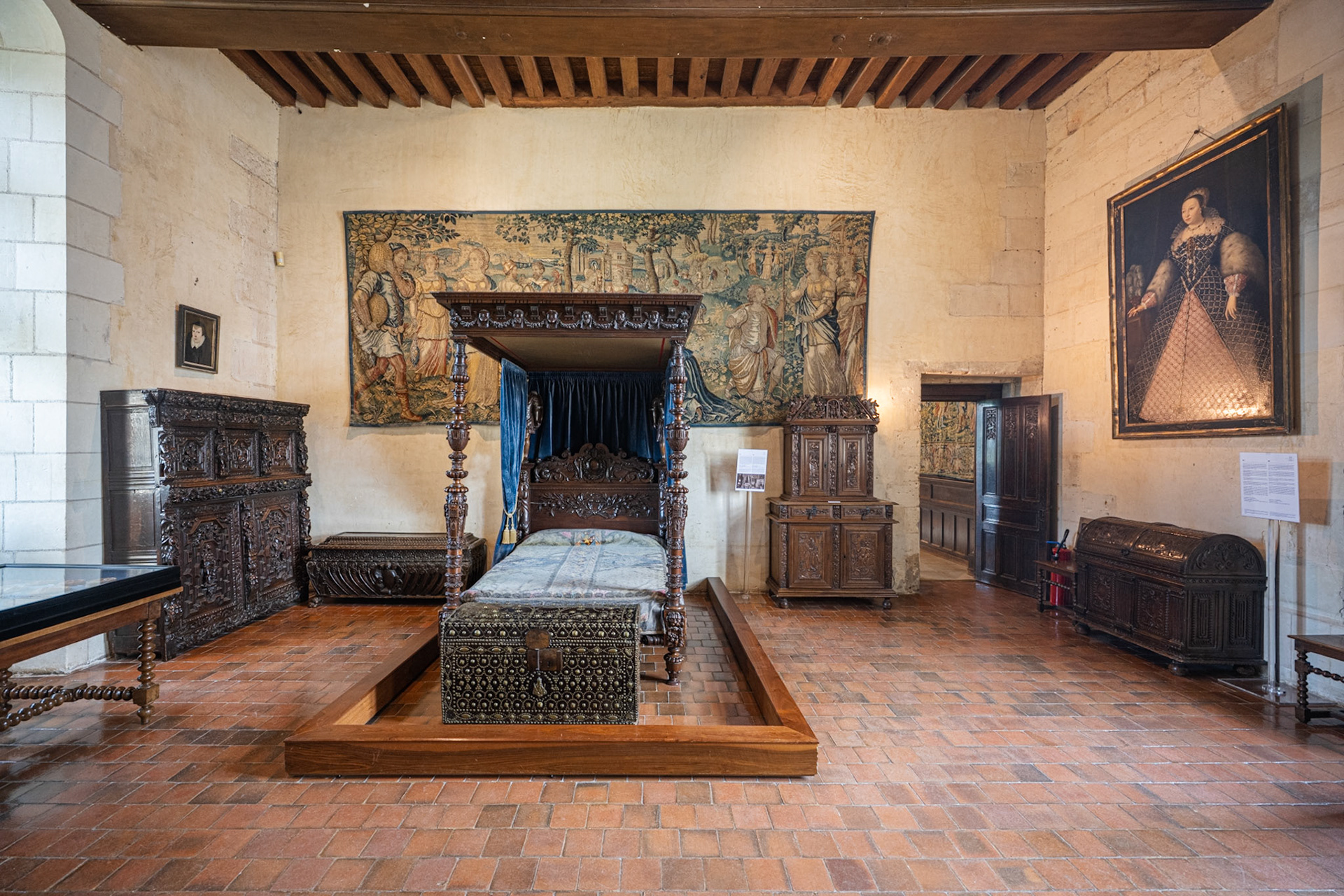
Catherine de Medici’s Chamber

spiral staircase

staircase
The private apartments on the ground floor of the south and west wings were fitted out at the request of Prince and Princess Henri-Amédée de Broglie by architect Paul-Ernest Sanson, who began work at Chaumont in 1877.
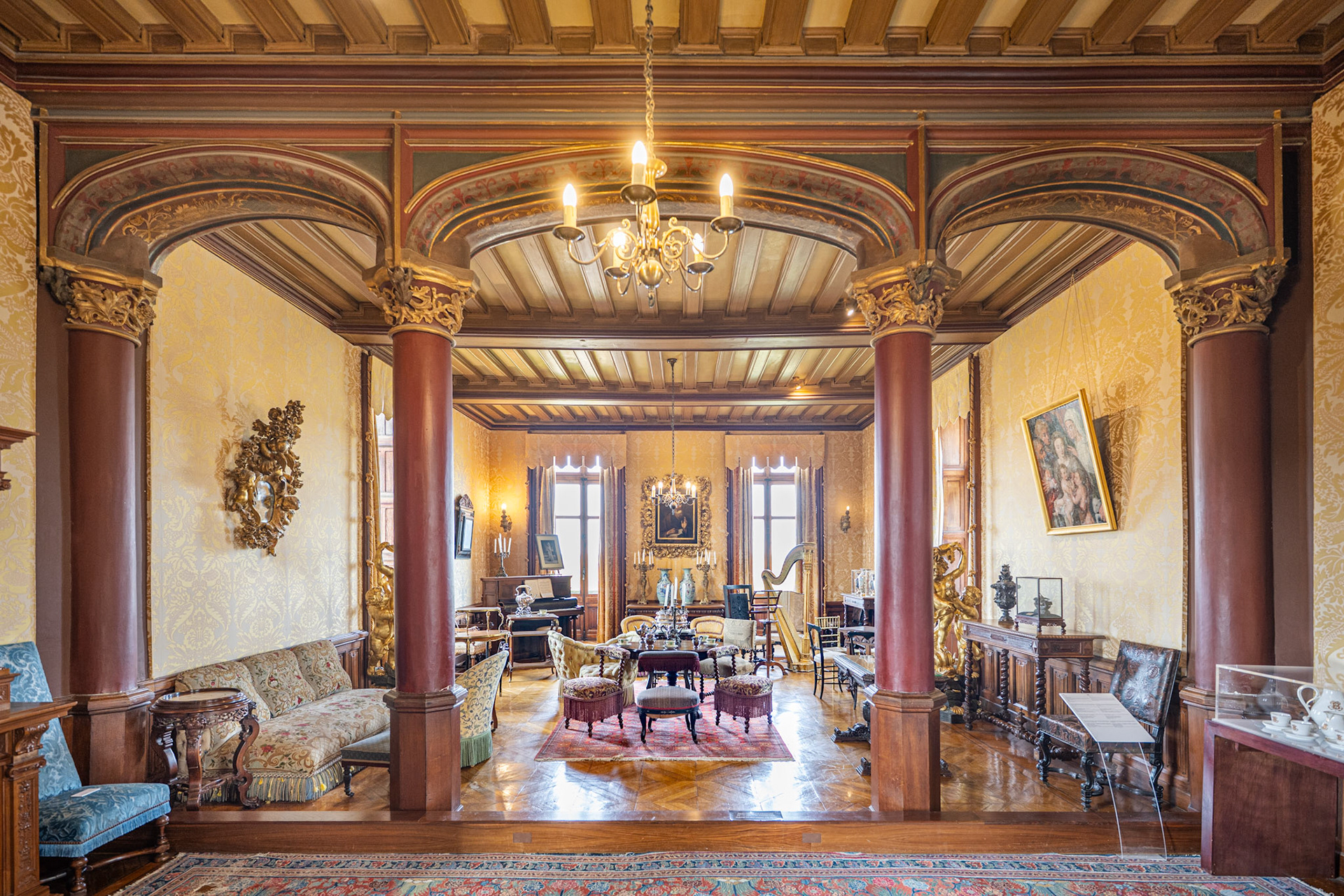
private apartment
The chapel is located at the eastern end of the château. It was built between 1498 and 1511 under Charles II de Chaumont-Amboise during the reign of King Louis XII. The structure features a small transept and a three-sided apse directed toward the North. Architectural details include three large pointed-arch windows illuminating the apse, a 16th-century arched frieze (reminiscent of the Saint Hubert Chapel at Amboise), and twisted columns in the nave adorned with arabesques and shells.
Its stained-glass windows, installed in 1888, were the result of a remarkable collaboration between architect Paul-Ernest Sanson, glass artist Georges Bardon, and the painter Jean-Paul Laurens, who produced the final cartoons.
These days, the chapel hosts “Les Pierres et le printemps”, an ephemeral installation by Gerda Steiner and Jörg Lenzlinger.
chapel with the art installation “Les Pierres et le printemps”

chapel with the art installation “Les Pierres et le printemps”
Chaumont-sur-Loire is renowned for the Festival International des Jardins, a unique focus on contemporary garden design and landscape art.
The artist Christian Lapie has installed powerful, dark, and monumental figures on the grounds. These sculptures are created from imposing tree trunks, roughly carved into human forms with a chainsaw, then covered in a sombre sheath, giving them a timeless, spectral quality.
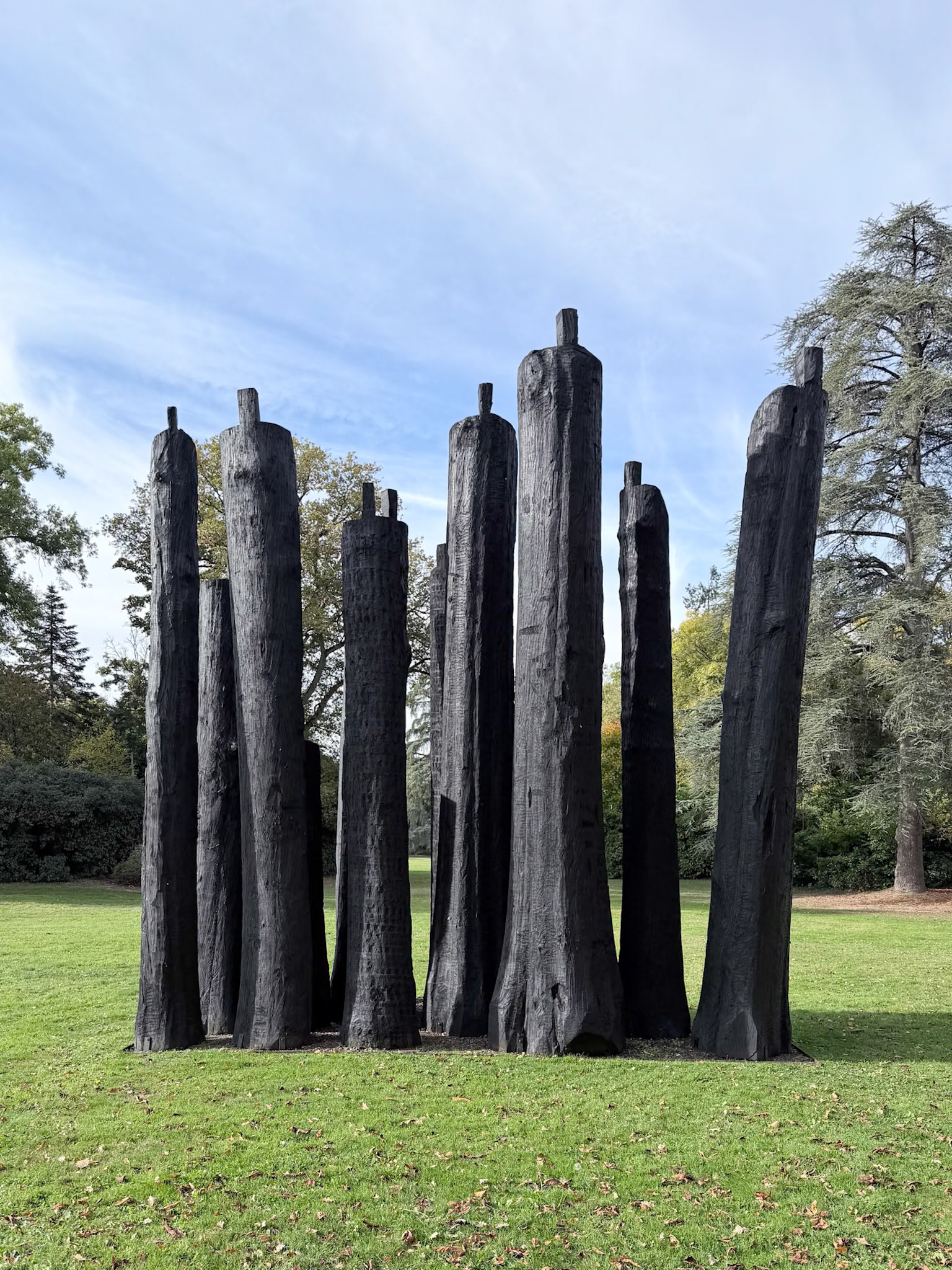
La Constellation du Fleuve (The River Constellation) by Christian Lapie

Festival International des Jardins
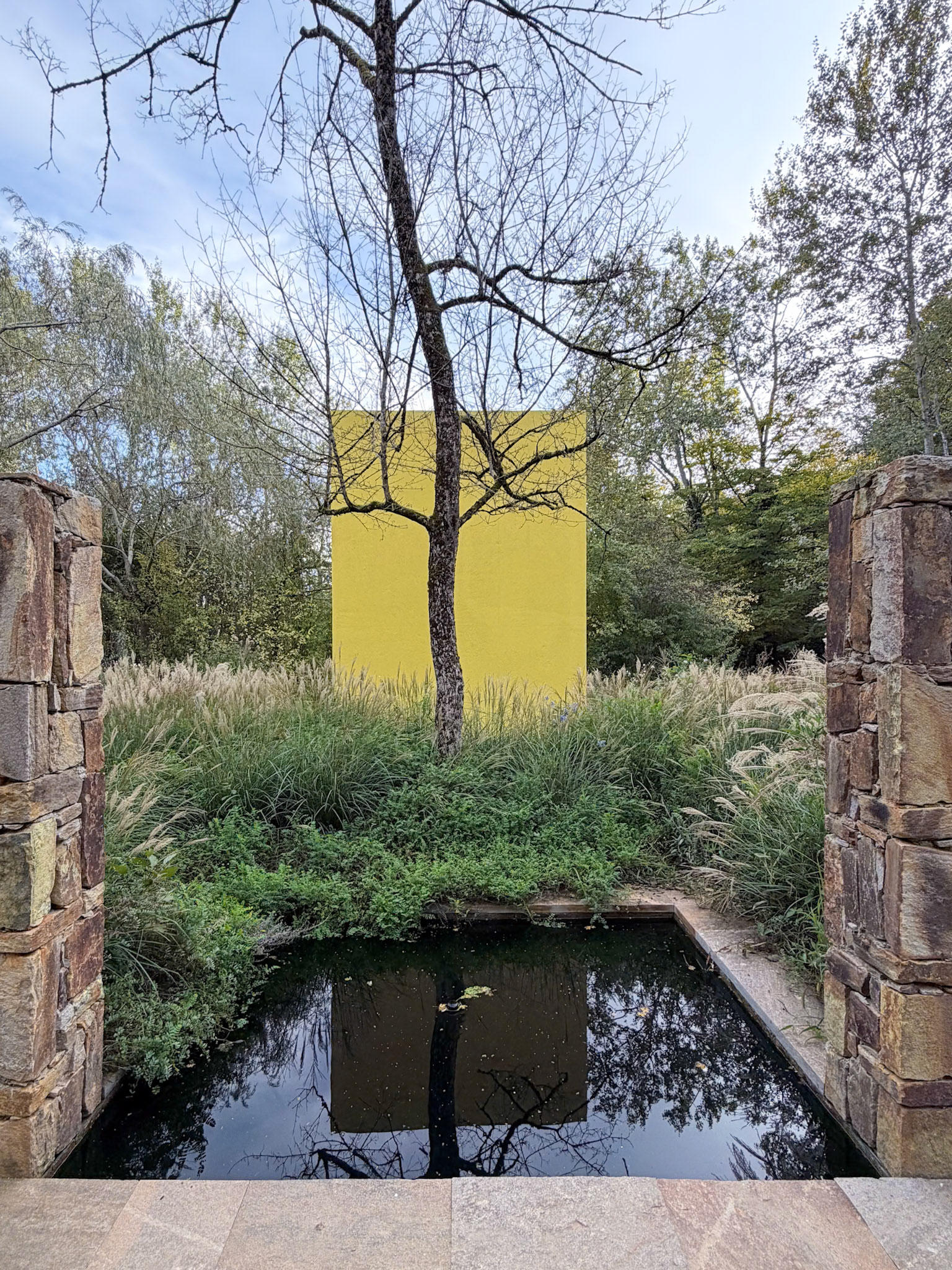
Festival International des Jardins
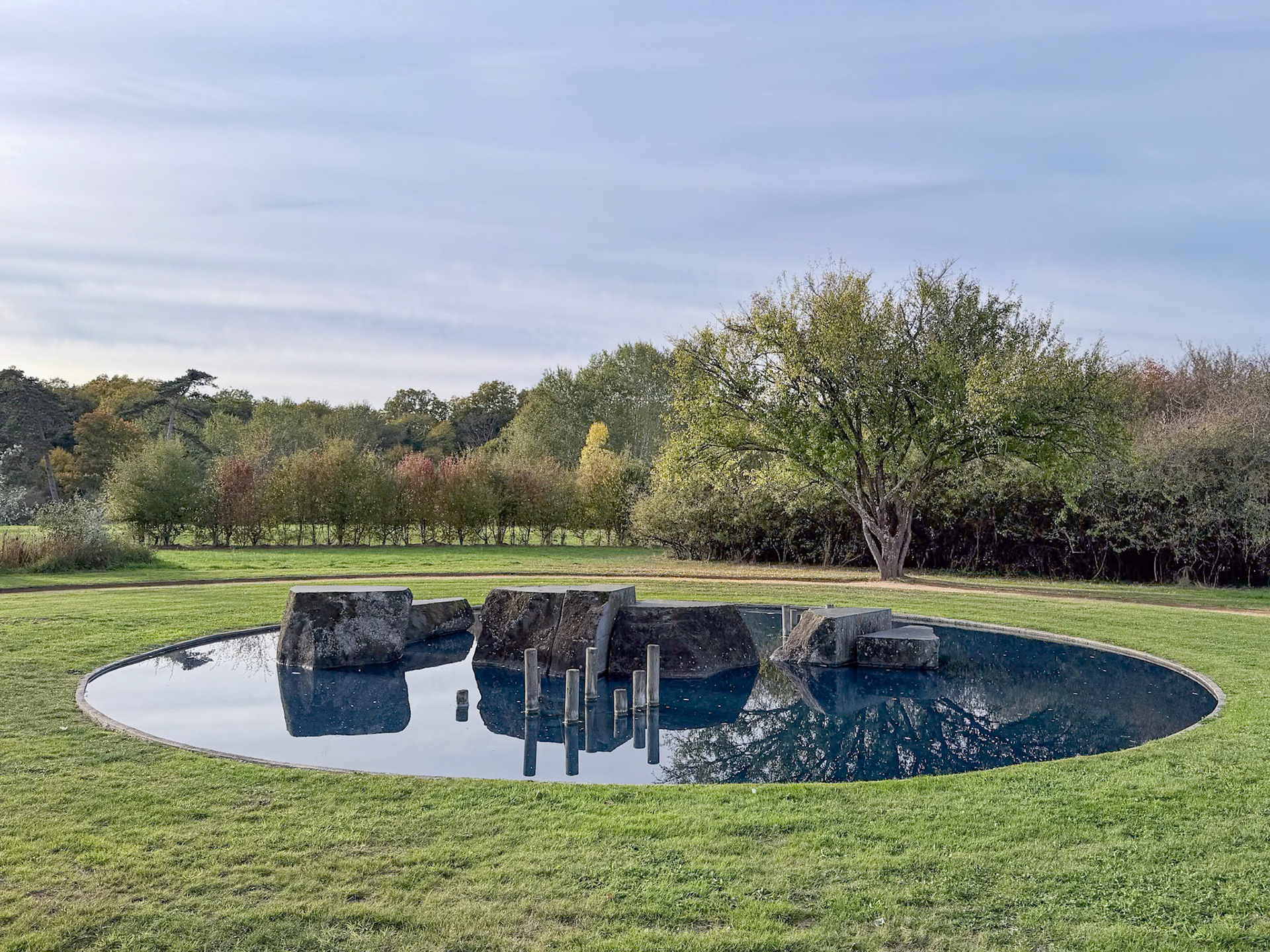
Festival International des Jardins
Designed by Pritzker Prize winner Wang Shu, the "Garden of Lingering Clouds" in the Prés du Goualoup uses simple materials: pine wood, vine, and water. The structure is an intricate wooden interweaving, reminiscent of a bird's nest, set over a small basin. A narrow bridge guides the visitor across the water's surface, which acts as a mirror, reflecting the sky and the clouds (nuées) caught in the structure.

Jardin des nuées qui s’attardent (Garden of Lingering Clouds) by Wang Shu
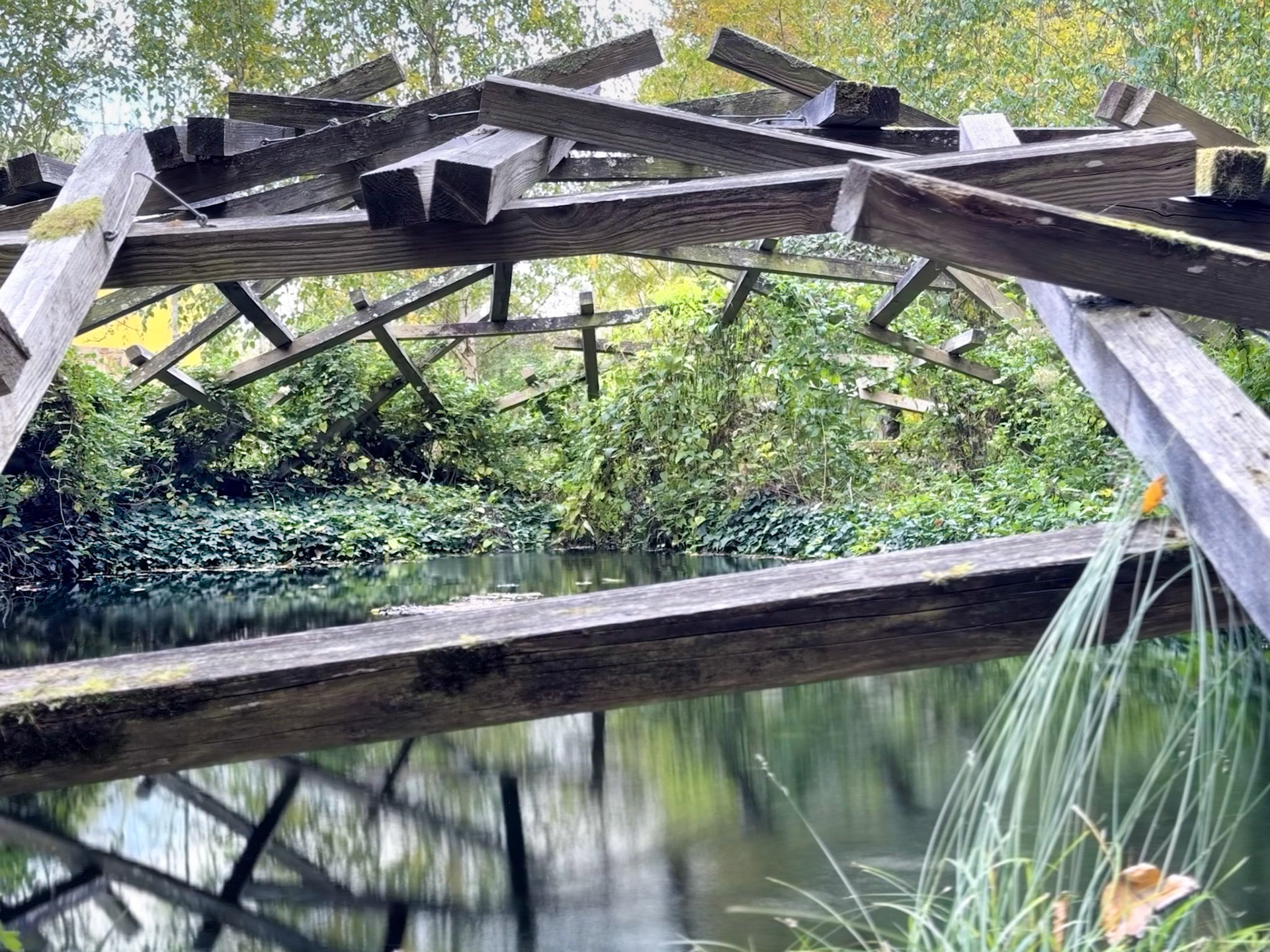
Jardin des nuées qui s’attardent (Garden of Lingering Clouds) by Wang Shu
You may also like